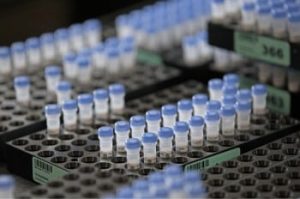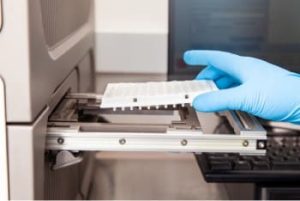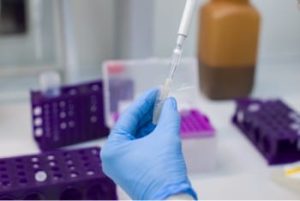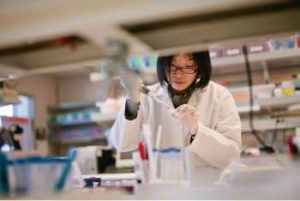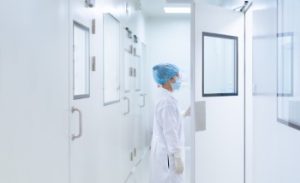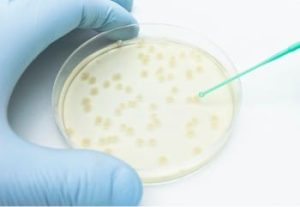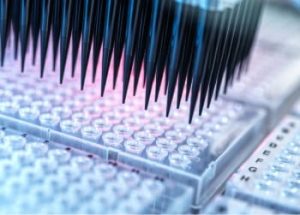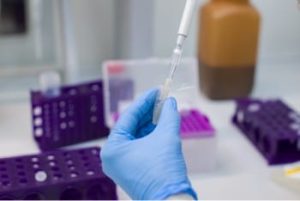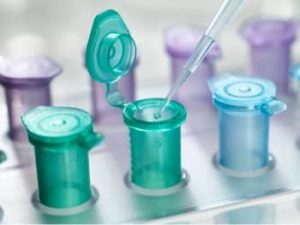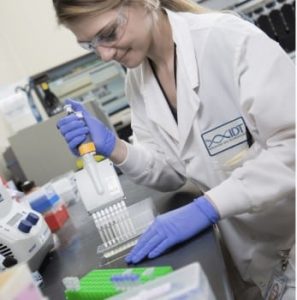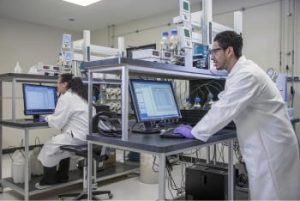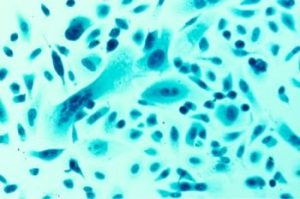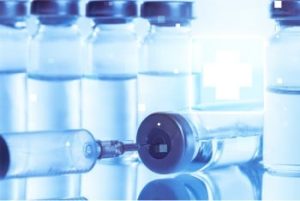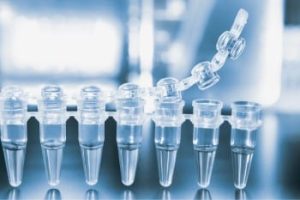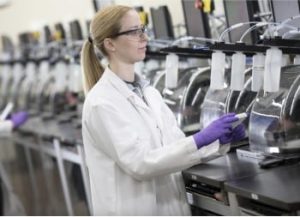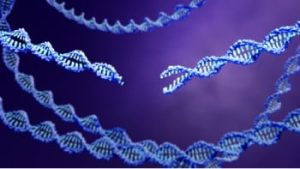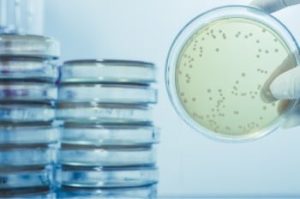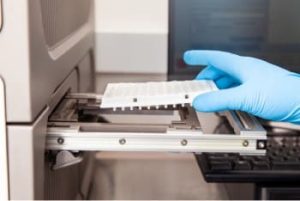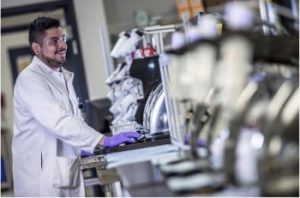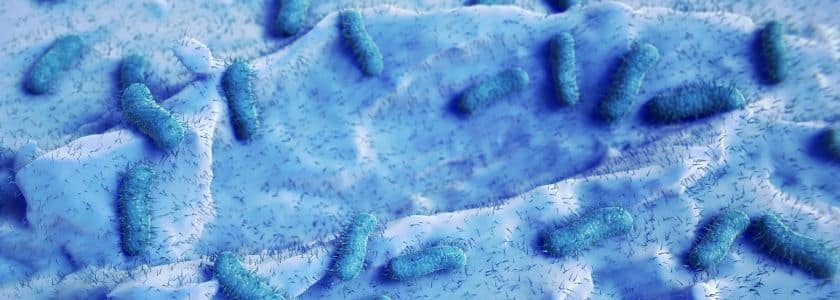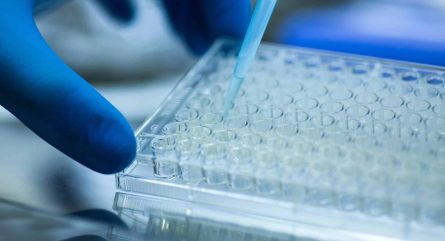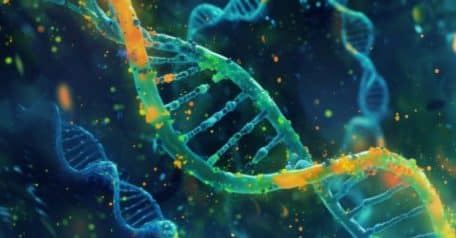The Takeaway: By using expression vectors, researchers can introduce genes of interest into cells and study their function or produce specific proteins for various purposes, such as medical research, biotechnology, or pharmaceutical development. Different types of expression vectors are used depending on the host organism and the specific goals of the experiment or application.
What is an expression vector?
An expression vector is a type of DNA plasmid or other DNA molecule used to shuttle or introduce a specific gene into a target cell, typically a bacterium or a eukaryotic cell such as yeast or mammalian cells. These vectors are designed to facilitate the expression of the gene, meaning they contain regulatory sequences that allow the gene to be transcribed into messenger RNA (mRNA) and translated into protein within the host cell.
Expression vectors usually contain several key components:
- Promoter: This is a DNA sequence that initiates transcription of the gene. It's usually a strong promoter that ensures efficient transcription of the inserted gene.
- Selectable marker: This is a gene that confers a selectable phenotype to cells that have taken up the vector. For example, it might provide resistance to an antibiotic, allowing only cells that have successfully incorporated the vector to survive when grown in a medium containing that antibiotic.
- Reporter gene: Sometimes, an expression vector will include a reporter gene. This is a gene whose expression can be easily detected and quantified, allowing researchers to monitor the activity of the promoter or the efficiency of gene expression.
- Polyadenylation signal: This is a DNA sequence that signals the end of transcription. It's typically located downstream of the gene of interest and ensures that the mRNA produced is properly processed and stabilized.
- Origin of replication: This is a DNA sequence that allows the vector to replicate within the host cell. In bacterial cells, this might be the origin of replication for the plasmid, while in eukaryotic cells, it might be a sequence that allows the vector to integrate into the host cell's genome.
How do you clone a gene into an expression vector?
Cloning a gene into an expression vector involves several steps. Here's a general overview of the process:
- Select an appropriate expression vector
- Prepare the gene of interest
- Design compatible restriction sites
- Digest the expression vector
- Digest the gene of interest
- Ligate the gene into the vector
- Transform the recombinant vector into host cells
- Screen for transformed cells
- Verify the presence of the gene
- Express the gene
For a more in depth look at various cloning techniques get the handbook.
Explaining recombinant protein production
Recombinant protein production is the process of generating proteins using genetic engineering techniques to introduce a gene encoding the protein of interest into a host organism or cell line, which then produces the protein. This method allows for the production of proteins that are not naturally abundant or available in large quantities from their native sources. Recombinant protein production is widely used in various fields, including biotechnology, pharmaceutical development, and basic research.
Here's an overview of the typical steps involved in recombinant protein production:
Gene cloning: The first step is to isolate the gene encoding the protein of interest. This gene is then cloned into a suitable expression vector. The vector contains regulatory elements such as promoters and enhancers to drive gene expression, as well as other necessary sequences like those described above.
Vector transformation: The recombinant expression vector is introduced into a host organism or cell line. The choice of host organism depends on factors such as the protein's complexity, post-translational modifications required, and the scale of production needed. Common hosts include bacteria (e.g., Escherichia coli), yeast (e.g., Saccharomyces cerevisiae), insect cells (e.g., baculovirus-infected insect cells), and mammalian cells (e.g., Chinese hamster ovary cells).
Expression: Once inside the host cell, the recombinant expression vector replicates, and the gene of interest is transcribed into messenger RNA (mRNA) by the host cell's machinery. The mRNA is then translated into the protein of interest by ribosomes.
Protein purification: After expression, the recombinant protein needs to be purified from the host cell lysate or culture medium. Various purification methods can be employed, including affinity chromatography, ion exchange chromatography, size-exclusion chromatography, and others. The choice of purification method depends on the properties of the protein and the desired purity level.
Quality control: The purified recombinant protein undergoes quality control measures to ensure its integrity, purity, and functionality. This may include techniques such as SDS-PAGE (sodium dodecyl sulfate polyacrylamide gel electrophoresis), Western blotting, mass spectrometry, and functional assays.
Storage and distribution: Once the recombinant protein passes quality control, it is typically stored under appropriate conditions to maintain its stability and functionality. Depending on its intended use, the protein may be distributed to researchers, used in biopharmaceutical manufacturing, or stored for future experiments.
What is protein expression and purification in E. coli?
Protein expression and purification in Escherichia coli (E. coli) is a common method used to produce recombinant proteins for various research, biotechnological, and industrial applications. E. coli is a popular host organism for protein expression due to its rapid growth, well-characterized genetics, and ease of genetic manipulation. Here's an overview of the protein expression and purification process in E. coli:
Gene cloning: The gene encoding the protein of interest is first isolated and cloned into an expression vector suitable for E. coli. The vector typically contains regulatory elements such as a strong promoter (e.g., the T7 promoter) to drive gene expression, as well as a selectable marker for identifying transformed cells.
Transformation: The recombinant expression vector is introduced into E. coli cells by a process called transformation. This can be achieved using various methods such as chemical transformation, electroporation, or conjugation.
Expression: Once inside the E. coli host cells, the recombinant expression vector replicates, and the gene of interest is transcribed into messenger RNA (mRNA) under the control of the promoter. The mRNA is then translated into the protein of interest by the host cell's ribosomes.
Induction: In many cases, protein expression in E. coli is induced by adding an inducer molecule to the growth medium. For example, if the expression vector contains the T7 promoter, protein expression can be induced by adding isopropyl β-D-1-thiogalactopyranoside (IPTG), which triggers transcription.
Cell harvesting: After a period of growth and induction, the E. coli cells are harvested by centrifugation. The cells are then lysed to release the intracellular contents, including the recombinant protein.
Protein purification: The recombinant protein is purified from the cell lysate using various chromatography and purification techniques. Common purification methods include affinity chromatography (e.g., using His-tag or GST-tag), ion exchange chromatography, size-exclusion chromatography, and hydrophobic interaction chromatography.
Quality control: The purified recombinant protein undergoes quality control assays to assess its purity, integrity, and functionality. This may include SDS-PAGE analysis, Western blotting, mass spectrometry, and functional assays specific to the protein's activity.
Storage and distribution: Once purified and characterized, the recombinant protein is typically stored under appropriate conditions to maintain its stability and functionality. Depending on its intended use, the protein may be distributed to researchers, used in biotechnological processes, or stored for future experiments.
What are mammalian cell lines for protein expression?
Mammalian cell lines are widely used for protein expression due to their ability to perform complex post-translational modifications, produce correctly folded proteins, and maintain protein stability. Several mammalian cell lines are commonly utilized for protein expression, each with its own advantages and disadvantages. Here are some of the most popular mammalian cell lines for protein expression:
Chinese hamster ovary (CHO) cells: CHO cells are one of the most widely used mammalian cell lines for protein expression in biopharmaceutical manufacturing. They offer high protein yields, efficient post-translational modifications (such as glycosylation), and scalability for large-scale production.
Human embryonic kidney (HEK) 293 cells: HEK293 cells are derived from human embryonic kidney cells and are frequently used for transient protein expression. They offer high transfection efficiency and can produce high levels of recombinant proteins. HEK293 cells are commonly used for producing proteins for structural studies, functional assays, and biochemical characterization.
NS0 and SP2/0 mouse myeloma cells: These mouse myeloma cell lines are commonly used for stable protein expression and generation of monoclonal antibodies. They are particularly useful for applications requiring high protein expression levels and clonal selection of recombinant cell lines.
Yeast cells (e.g., Pichia pastoris, Saccharomyces cerevisiae): Although not mammalian, yeast cells are worth mentioning for their utility in protein expression. They offer advantages such as rapid growth, high protein yield, and ease of genetic manipulation. While they do not perform mammalian-like post-translational modifications, they are suitable for producing certain types of proteins, including antibodies and enzymes.
Insect cells (e.g., Sf9, Sf21): Insect cell lines such as Spodoptera frugiperda (Sf) cells are commonly used with the baculovirus expression system for producing recombinant proteins. They offer advantages such as efficient protein folding, secretion, and the ability to perform certain post-translational modifications.
IDT’s role in protein expression
IDT has numerous products for researchers using expression vectors. They include:
- eBlocks™ Gene Fragments: High-quality gene fragments designed for fast turnaround times
- gBlocks™ and gBlocks HiFi Gene Fragments: Double-stranded DNA fragments up to 3000 bp in length, designed for affordable and easy gene construction or modification
- Gene Synthesis: Easy-to-use solution for researchers who want to skip in-house cloning steps and move quickly to functional studies
- qPCR Gene Expression: Multiple solutions including probe assays, master mixes, primer assays, and more

